There is no one-size-fits-all omnichannel strategy.
Approaching an omnichannel strategy can be daunting. Seamlessly connecting online and offline retail is a challenging task. With a plethora of channels and services to choose from across worker tasks and customer experience, identifying what will add the most value can be an odyssey full of twists and turns.
Retailers could turn to successful omnichannel implementations for inspiration:
- Carrefour’s next-generation till-free convenience concept store.
- Sephora’s game-changing mobile app that serves up location-based ads and an opportunity to try before you buy.
- Walmart dipping into augmented reality (AR), self-checkout, targeted advertising and in-store events.
Credit: Walmart
But retail leaders must not feel forced to follow the crowd and take on extra channels that could place unnecessary pressure on workers and add costs to the business. Retailers must consider what they want to achieve and what will add the most value to them and their customers.
This guide discusses three different omnichannel strategies that are commonly adopted and what is needed to ensure success. But before we do, an essential first step must be taken…
Secure stakeholder buy-in
To ensure buy-in and commitment at a strategic, company and customer level, filtering down the plans and strategy to all those involved is essential. Omnichannel cannot be considered an IT problem – multiple business areas like store operations and customer experience must be informed, consulted and involved.
Engaging workers and customers identifies their pain points. By talking to teams on the ground, decision-makers can discover what equipment or solutions are needed to make their roles easier and deliver an enhanced service.

Customer feedback pinpoints the services they want, determining how to improve current offerings.
Leaders must ask themselves what they are trying to achieve with their omnichannel strategy. Which business goal will be met through this activity? Once scoped, the journey can begin.
Empowered Workers
Workers can often be the forgotten piece of the omnichannel puzzle. Still, they are a crucial part of the picture, especially for retailers selling high-value items where the final purchase occurs in store after online research.
of retail decision-makers day digital transformation initiatives have not yet reached the frontline.
Source: WorkJam
If you want attract and retain employees, and turn them into your biggest asset, focus on the tools needed to spare them from tedious tasks and be empowered when dealing with customers.
Identify the back-end technology and equipment they need to fulfill expectations, assess systems already in place, and select the technology and updates required to fill the current and future state gap.
Choose the right device strategy
Smart devices are an example of a technology that is empowering workers. They have the potential to revolutionize daily routines. And they are bringing connectivity to the frontline not seen before.
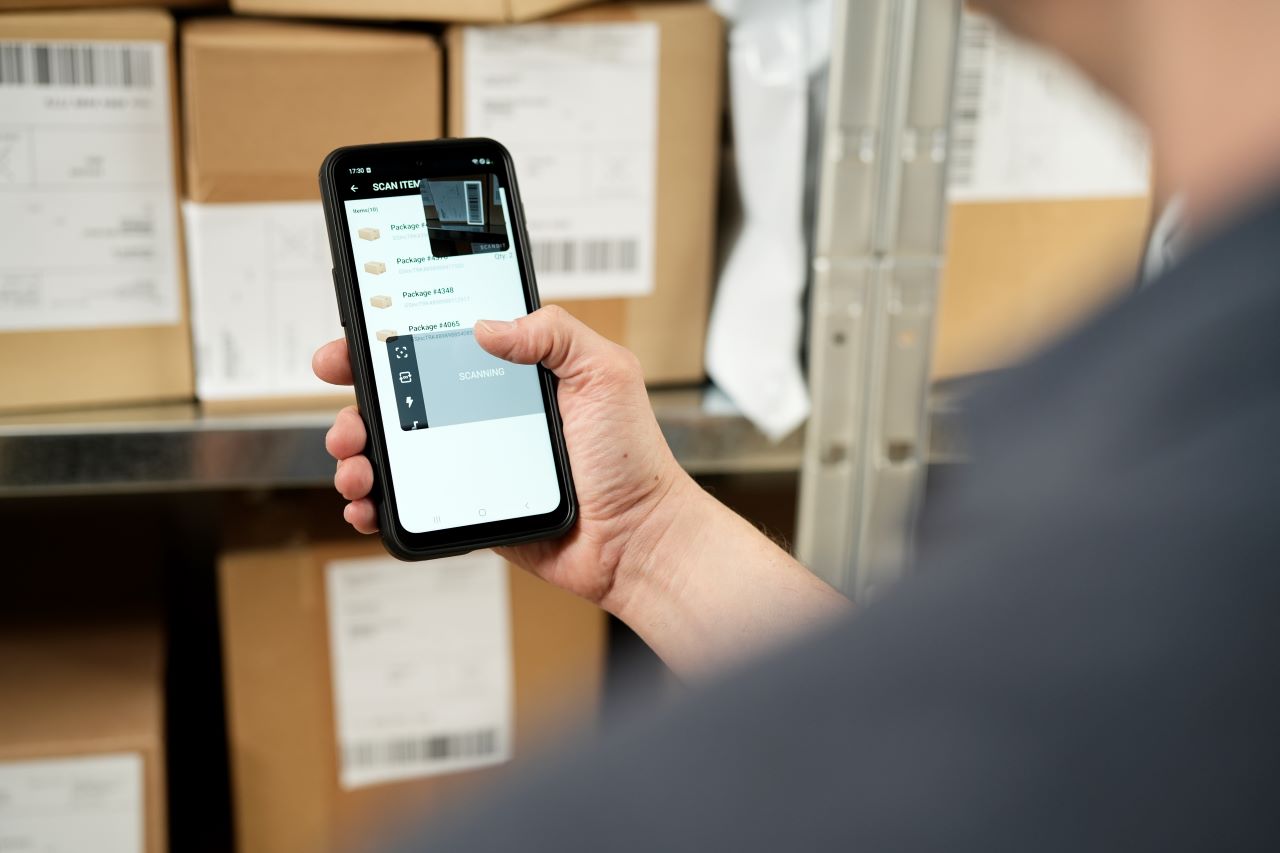
Choosing the right device strategy is an important first step. For instance, a Corporate-Owned Business Enabled (COBE) strategy offers a consistent user experience for all workers who collect and return a smart device for their shift. Even new devices can be learned and familiarized quickly to accelerate onboarding.
Other strategies use workers’ personal devices or have the option for personal use. A Bring Your Own Device (BYOD) strategy gives familiarity, and additional factors around usage and security must be considered.
Hybrid strategies such as Choose Your Own Device (CYOD) and Corporate-Owned, Personally Enabled (COPE) can balance business needs, costs and user-friendliness.
Provide workers with actionable insights
Once a strategy has been selected, pairing devices with capabilities such as smart data capture can enable workers to capture and access real-time data stored on central systems to help them perform various operational tasks quickly and efficiently.
What is smart data capture?
Smart data capture is the ability to capture data intelligently from barcodes, text, IDs and objects. It enables real-time decision-making, engagement, and workflow automation at scale.
Automating manual and time-consuming tasks such as inventory management frees workers to focus on valuable customer interactions.
Workers will feel more confident in these interactions, with robust and reliable data easily accessible on their devices. A simple scan yields full product details, availability and purchasing options.
Real-time information from supply chain touchpoints becomes accessible, and workers can use age verification software to ensure compliance when selling age-restricted goods.
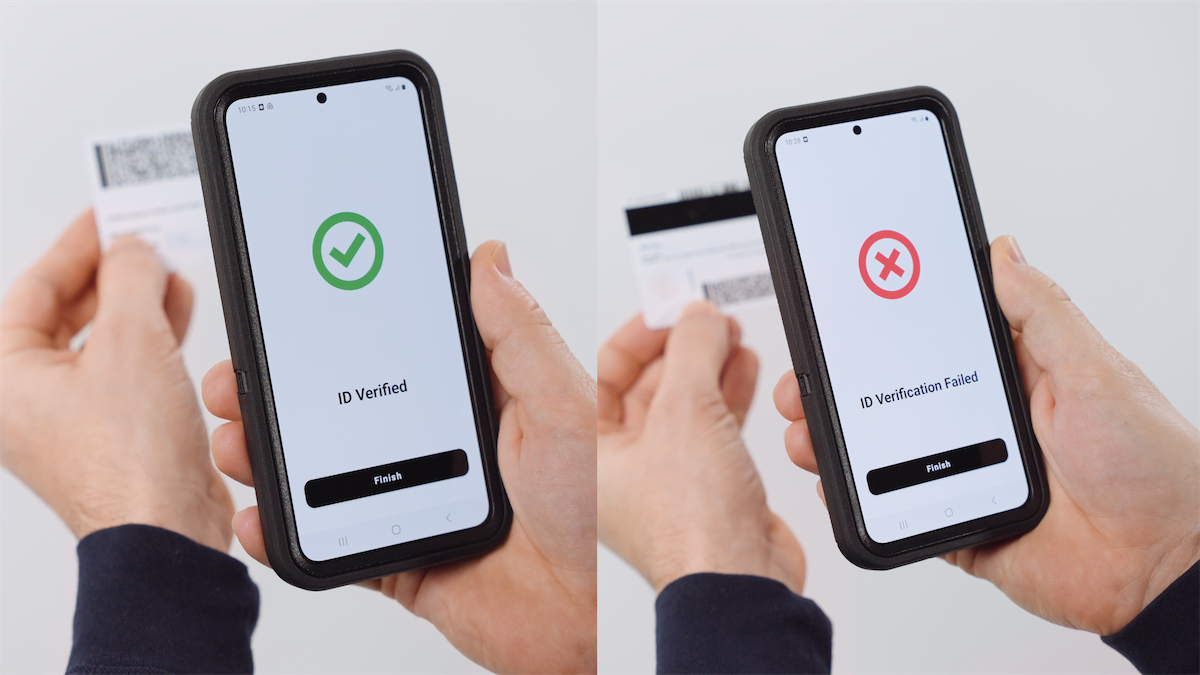
Finally, offering mobile point of sale (mPOS) allows customers to skip the line and checkout anywhere in the store.
Synced with what the customer may already know about the product, this level of assistance will enhance the overall omnichannel experience and ensure the right sale gets made – preventing returns and customer assistance needs further down the line.
Hybrid shopping
Not all shoppers will want to engage with workers. Some will want to continue their journey on their own, self-serving as they walk through the store. But the same seamless and informed expectations are in play.
Hybrid shopping is now the primary buying method for 27% of all consumers.
Source: IBM
Offer online information, in store
It makes sense to leverage technology already in customers’ hands to enhance their in-store experience – smartphones. Using them to scan items and shelf-edge barcodes becomes the interface between the customer and a wealth of product information.
Powering their smartphones with smart data capture, shoppers can interpret information on product features and reviews and even access the online store to check product availability.
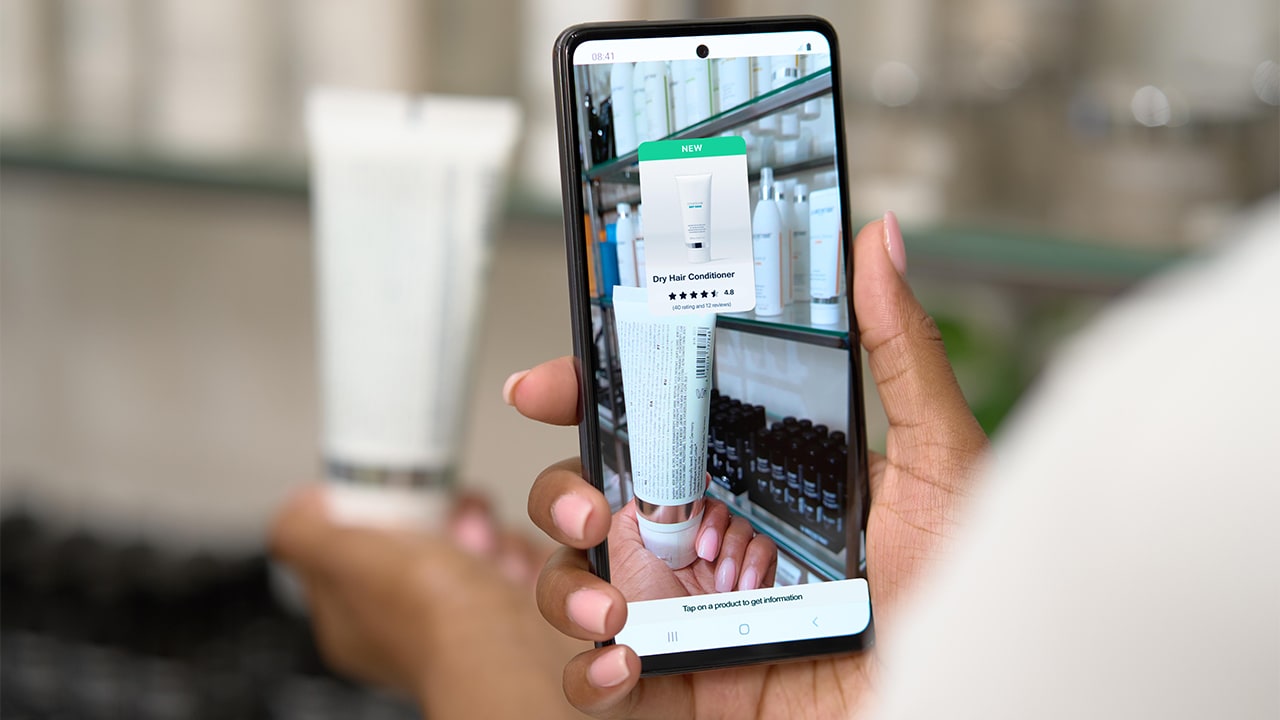
Take the hybrid experience a step further by using augmented reality (AR) overlays to see information at a glance. Direct shoppers quickly to the product they seek or highlight information on origin or sustainability for easy decision-making.
A seamless checkout experience
A hybrid omnichannel strategy should also include a seamless checkout experience. Long wait times can be a thing of the past by offering mobile self-scanning or self-checkout options that mirror the speed and convenience of online shopping.
Curated shopping
Personalization is a significant factor when shopping online. Knowing what we like and what we don’t can help retailers curate products and recommendations that keep baskets full and shoppers returning.
Powering customer and loyalty apps with smart data capture can surface personalized rewards and coupons when shoppers are in store. Scanning multiple barcodes at once can reveal an offer on their favorite items via AR by linking to purchase history and preferences from customer databases.
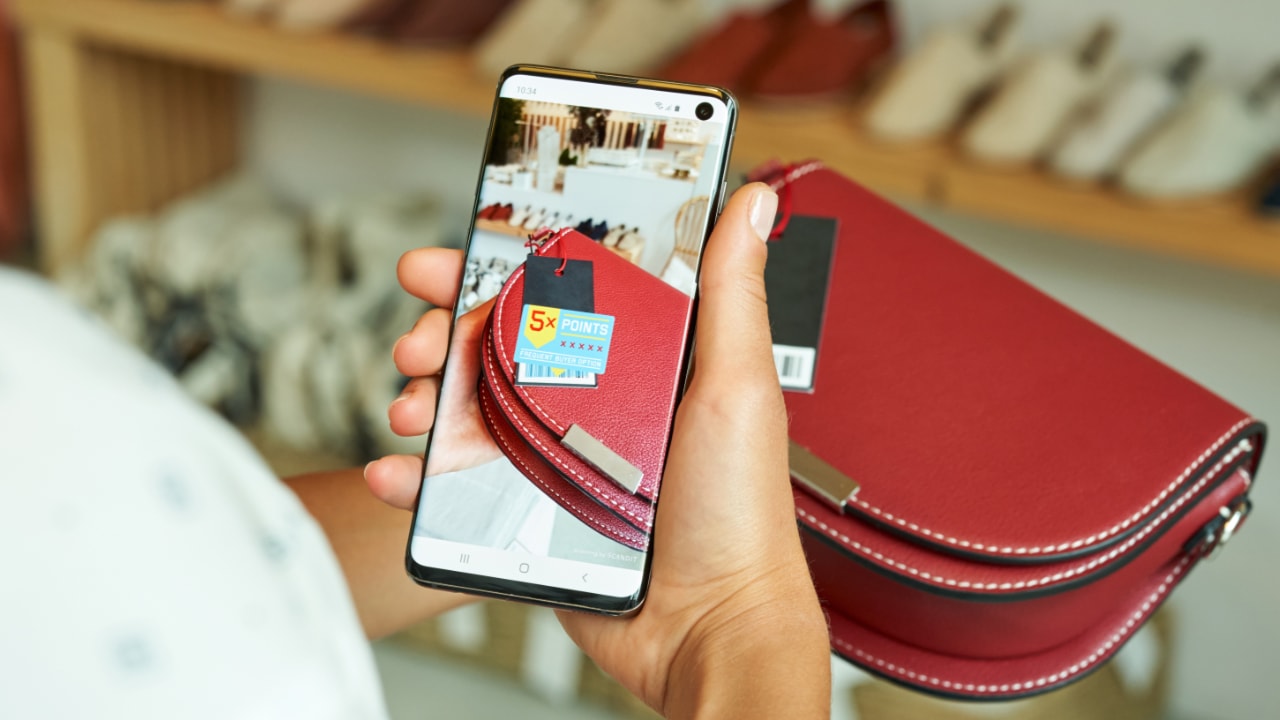
Blending online and offline retail will become a key differentiating factor for retailers, so hybrid retail needs careful consideration as part of an omnichannel strategy.
Optimized fulfillment
Even though physical retail is seeing a resurgence in footfall, the convenience of e-commerce will mean online shopping will continue to grow.
US eCommerce revenue is expected to top $1T in 2024 and account for nearly 20% of all retail sales
Source: Forbes
With many retailers opting for an online-first strategy and only having a few selected flagship stores, the omnichannel shopping experience can be full of different touchpoints.
Mobile sites, desktop sites, customer apps and social commerce can all play a big part in the journey. But they all result in a similar outcome for the retailer, having to fulfill an order quickly and accurately.
Getting it ‘right’
Whether it’s a consumer who urgently needs food for tonight’s dinner and wants delivery in 30 minutes or a shopper who wants to immediately collect some clothes for tonight’s event, getting the right items at the right place and time is key.
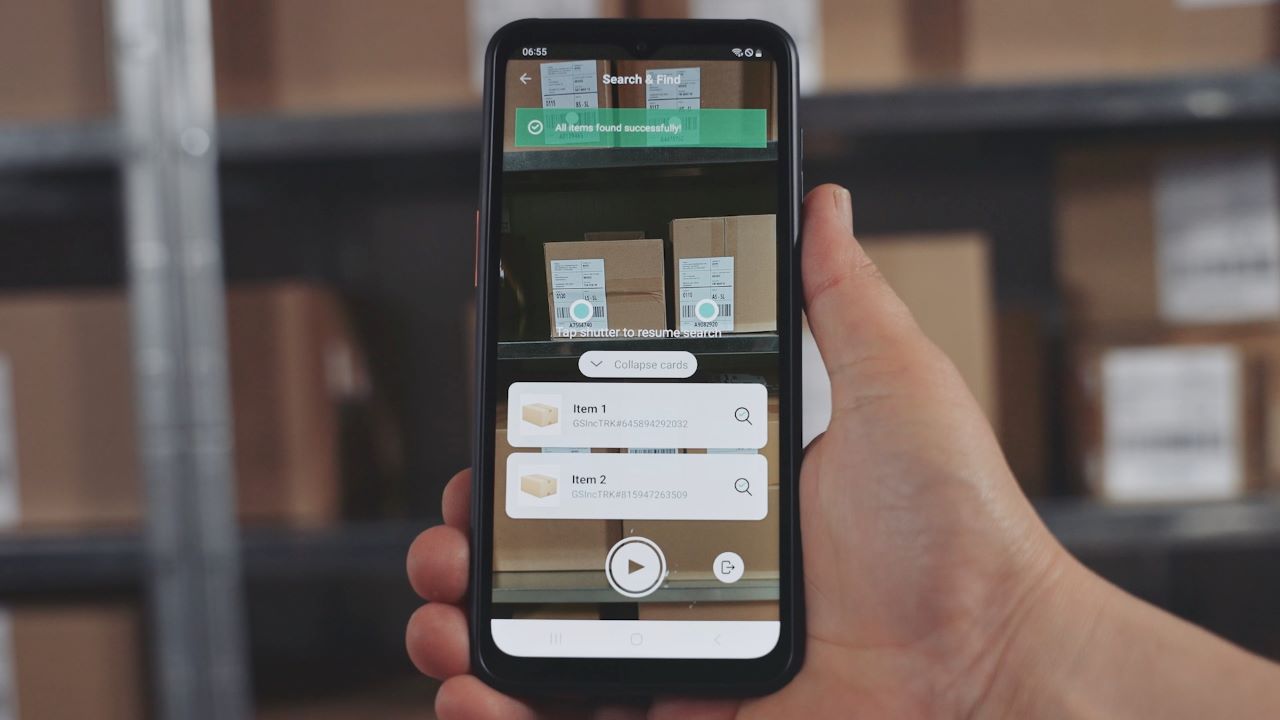
With an increase in online orders on the way, optimizing processes and selecting the right technology now will pay dividends in the long run for retailers.
Guaranteeing delivery or collection times is a good way to win, serve and retain new and existing customers.
Picking and assembling orders are time-consuming tasks that take workers away from the interactions that customers rely on in store. Finding ways to free up workers will be key to this particular strategy.
Perfect picking
The right processes and use of technology can alleviate the pressure to fulfill orders more quickly.
Shelves are often full of similar-looking items. Take DIY retail for example. Lots of items vary slightly by size or material. Providing pickers with technology that aids their ability to find the right item and highlight when they have picked the wrong one can be a big time saver.
Multi-scanning shelf barcodes and providing augmented reality overlays that highlight which item to pick minimize the time spent in this process so workers can get back to focusing on customers.
The same use of augmented reality also ensures that all parts of a large order are included and found quickly. When time is of the essence for customers, waiting around at a collection point while a worker looks for their order is the last thing they want to experience.
Omnichannel is all about choice
Just as omnichannel gives customers choices in how they shop, selecting the right path for retailers also comes down to choice.
Doing everything and being 100% omnichannel is a huge ask, and most retailers will need more resources for this.
Having a clear goal and looking at the best strategy for the business and its customers is a great starting point.
Selecting the right technology provides a platform for further innovation to bring elements of the different strategies as your journey progresses.
Scandit Smart Data Capture can elevate your omnichannel solutions and change how your customers and workers interact with your brand. You can learn more about how we deliver better experiences here.








